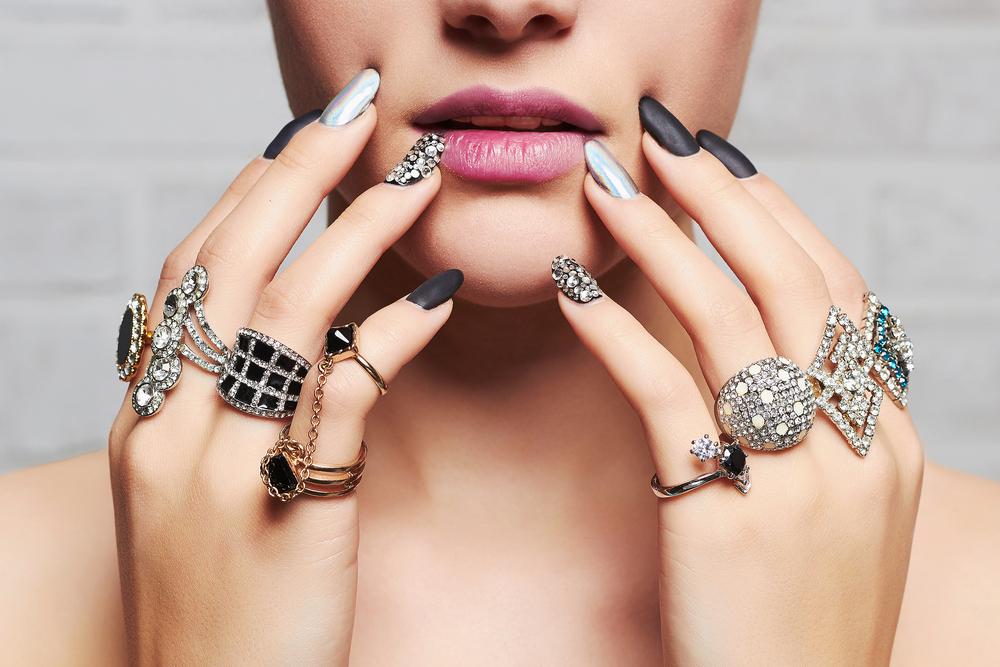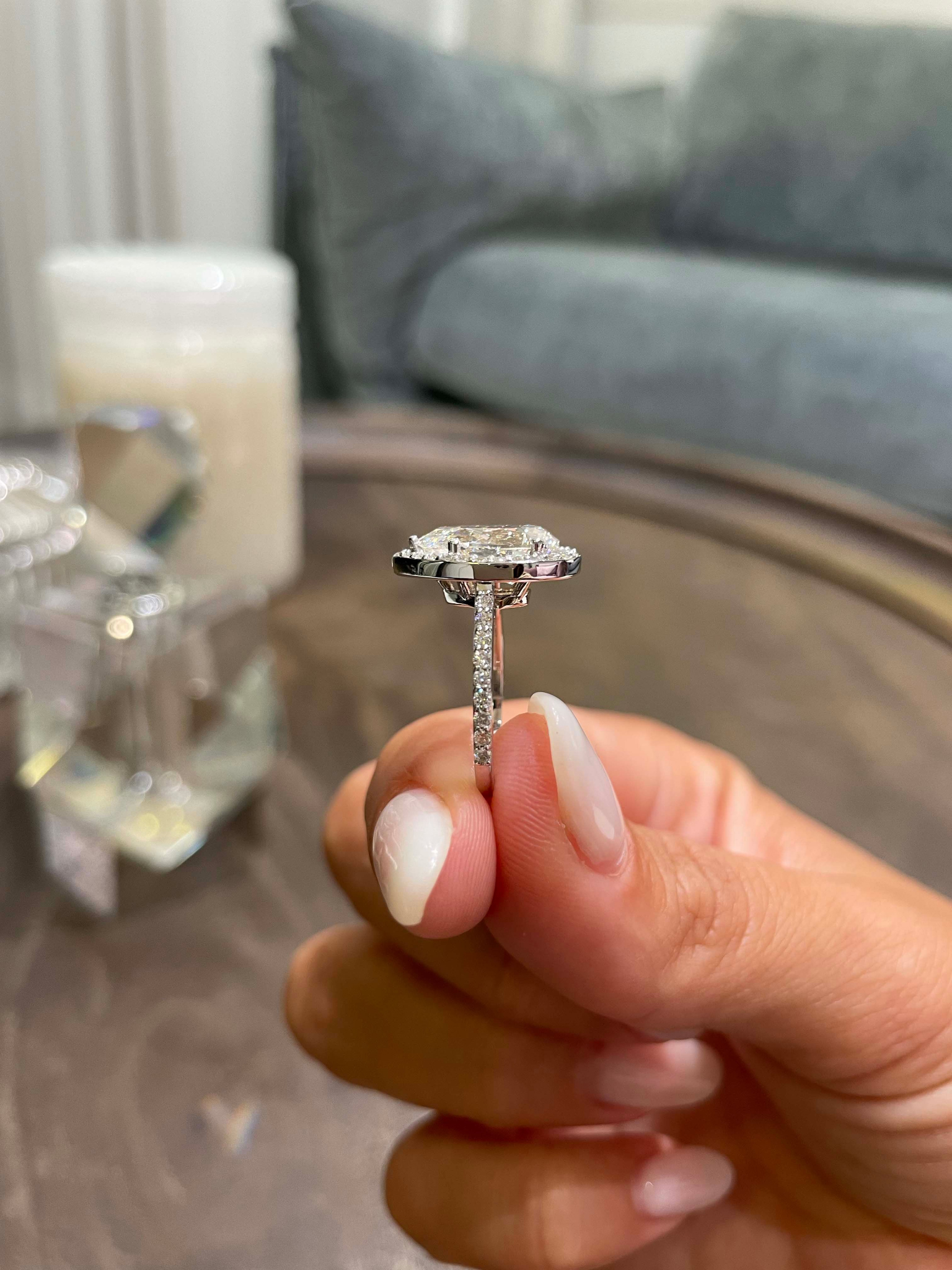Eco-friendly fashion has become the talk of the town. Everybody knows that the fashion industry leaves a substantial environmental footprint, but it seems that criticism is being voiced louder and louder recently, mainly on the consumer side.
At first glance, this may look somewhat petty: after all, almost anything we humans do damages the environment in some way, direct or indirect. Why have we turned our swords toward the fashion industry – and why now? The main reason for that lies in the fact that fashion is not a necessity, but a luxury. One of its most revenue-creating subcategories, the diamond market, is a great study case to examine these claims.
Diamonds are widely considered, first and foremost, a status symbol. They are a highly prestigious, ‘must-have’ in any engagement ring, as well as many other types of jewelry, and frankly, that is not likely to change anytime soon. With that said, there is growing awareness of the disastrous downsides of mining and producing diamonds – both to the environment and to the people who mine them.
Luckily, these days you don’t have to choose between a diamond ring for your loved one and your conscience.
Best Brilliance, a leading and reputed American online jewelry retailer, has taken on itself to lead the way towards a future in which our ecosystem does not suffer for the diamonds we buy. For this reason, they decided to accelerate their efforts to offer the widest range of cultured (lab grown) diamonds, which are becoming more and more desired in recent years. If you haven’t heard of cultured diamonds, here are some important things that you should know about the trend that is changing the face of the jewelry industry.
Lab-grown diamond rings
Ethical jewelry – today it is possible
Understanding the benefits of cultured diamonds is only possible by diving into the issues that arise from the industry of mined (‘natural’) diamonds.
Mining is, no matter the mined substance in question, a significant polluter of the environment. That’s nothing new or surprising. In the process of mining, the air is contaminated, the water filled with waste, and the soil corrupted. That is all without mentioning the harm to animals’ natural habitats, which are practically destroyed by quarries.
Diamond mining is no different in that matter. What’s worse, the additional downside of diamond mining is that this mineral is not essential for any sort of basic human need. Oil is needed to power our trains and planes. Natural gas is used to warm our houses and keep our electrical instruments operating. This is not the case with diamonds.
The ethical problems that arise from mining diamonds don’t end here. Many don’t know this, but diamond mining requires immense amounts of water. Is it important to mention that a large portion of the diamond mines in the world are located in poor African countries, such as the Democratic Republic of the Congo. In this country, millions are on the verge of famine due to a long-lasting drought. Should fresh water, so vital for the survival of the starving locals, be used to mine a product that is merely a symbol of social status? Many don’t think so.
If that’s not enough, many of those who think of purchasing a diamond-ornamented jewel are emotionally disturbed by the potential contribution to the industry of blood diamonds.
In conflict areas, locals are forced and abused to work in the mines every day. Moreover, the money earned from mining this mineral usually goes to buy weapons and pay for war efforts, since many of the diamond-rich countries are torn apart by civil war, guerilla belligerence and internal conflicts. Even today, when many companies like Best Brilliance commit to commerce free of conflict diamonds, it’s clear that this industry still exists.
Diamonds’ high prices are, without a doubt, also a major obstacle that stands in the way of those who wish to acquire them. In addition to being so expensive, diamonds’ price is composed of additional factors. After all, they have to be mined using heavy machinery and massive amounts of power. After that, they are packaged, shipped across the world, and polished. This all makes the process very costly, and as always, the consumer at the end of the line is the one who pays for it all.
Wedding rings with no environmental footprint
Cultured diamonds, also known as lab-grown diamonds, are quite similar but at the same time also very different from mined diamonds. As the name suggests, these diamonds are not mined but rather created in special laboratories. While that might make some recoil from cultured diamonds, thinking they are worthless cheap trinkets, a close look at the facts proves otherwise.
Best Brilliance lab-grown diamond
First of all, lab-grown diamonds are composed of the exact same material as natural ones – 100% of carbon atoms. The labs in which these are created are designed to accurately imitate the conditions in which diamonds are produced in nature, and are designed to make the lab-grown diamond look exactly the same as its mined version.
For these reasons, cultured diamonds look, feel, and react the same way as their mined ‘brothers’ do, as you can witness on Best Brilliance’s website. There, you can find a wide selection of hundreds of different lab-grown diamonds, in various shapes, colors, sizes, and prices. This ensures that you will find the right diamond ring or bracelet for your cherished one.
Since lab-grown diamonds are created in lab conditions, those who purchase them actually minimize the environmental footprint of the industry. There’s no need for mining, using polluting vehicles, and destroying fertile land for this use. Also, there’s absolutely no chance that anyone is being labored in an unjust way to extract this mineral from the ground.
The fact that these diamonds are not mined has yet another benefit: their price tag. This is a product that doesn’t need to be harvested using manpower, machinery, and energy. Saving this process substantially cuts down the price of cultured diamonds.
Lab grown diamonds – don’t settle for less
These days, more and more people are becoming environmentally aware, and the diamond market is feeling it more than ever. Luckily, eco-friendly people don’t have to give up on the dream of diamond-ornamented jewelry to live up to their ethical and environmental standards. Best Brilliance, a leading retailer in the field, offers an immense variety of cultured diamonds, and also the possibility to customize jewelry to the smallest detail. Not to mention, you can’t tell the difference between their cultured diamonds and natural, mined ones. With this kind of selection and quality, you will never feel like you have to settle for something that is not 100% to your tastes.


